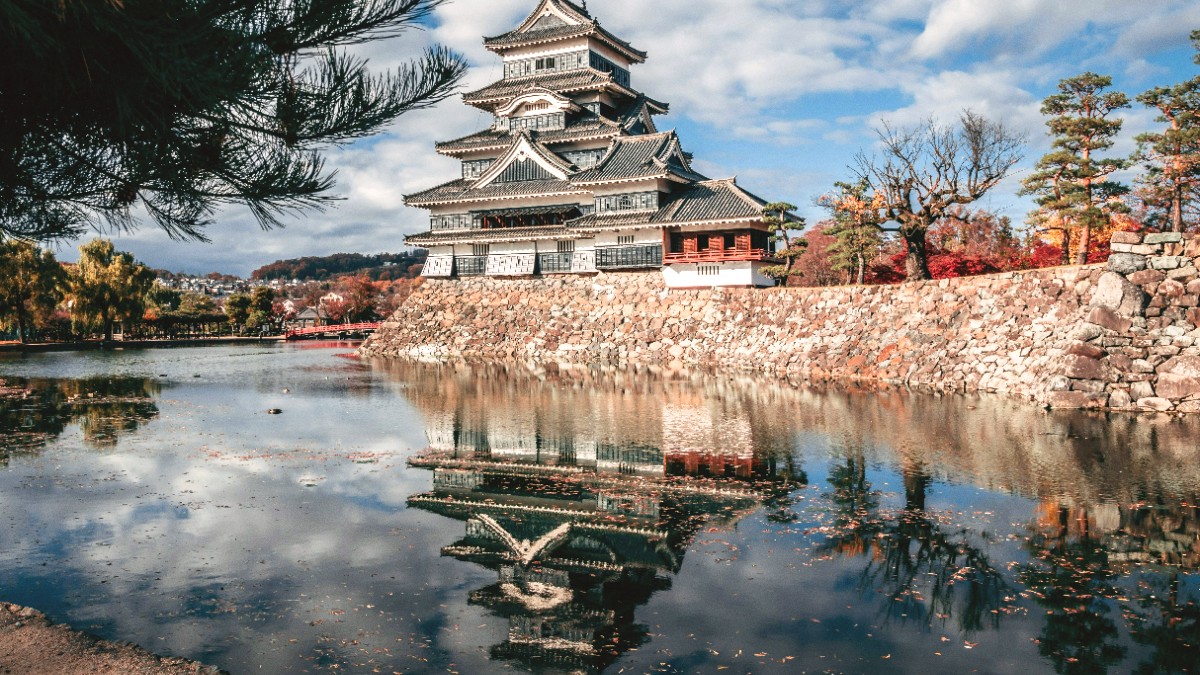
West Of Tokyo, Japan
The "Hakone Round Course" utilizes several modes of transport, allowing travelers to complete a scenic loop through the region. This system mainly covered by the Odakyu Hakone Free Pass.
The Odakyu Hakone Free Pass offers an economical and convenient option for unlimited rides on local transportation within the Hakone area.
A charming train with impressive switchbacks ascending the steep mountain, offering scenic views.
Offers breathtaking panoramic views of Mount Fuji (on clear days), Owakudani, and Lake Ashi.
Distinctive "pirate ships" cross Lake Ashi, providing excellent photo opportunities.
Generally early morning (7-8 AM) until early evening (6-8 PM).
Varies by mode and time of day; more frequent during peak hours.
Ropeway and boat services can be affected by adverse weather (winds, fog).
Always check the latest operating status, especially for Owakudani and Ropeway.
While public transport covers most of Hakone, taxis provide an option for direct travel or when public transport is unavailable, though they are more costly.
Japan drives on the left-hand side of the road. Speed limits are generally 40 km/h in urban areas and 80-100 km/h on expressways.
Roads in Hakone are well-maintained but can be narrow and winding, especially in mountainous areas.
Parking spaces are limited, especially at popular attractions like Hakone Shrine or Owakudani, and can be expensive.
Walking and cycling allow for a closer look at Hakone's natural beauty and historical sites. Many areas are pedestrian-friendly.
Typically part of organized tour packages from Tokyo, not standalone local services within Hakone.
The Hakone Sightseeing Cruise (Pirate Ship) on Lake Ashi is the main water transportation.
The Hakone Tozan Cable Car connects Gora to Sounzan, offering a short but steep ascent.
Hakone's transit system is efficient. These tips ensure a smooth and enjoyable exploration of the region's attractions.
Taxis are available at major transport hubs, providing direct, albeit more expensive, travel.
Car rentals are available for independent exploration, but parking and tolls may add to costs.
Explore pedestrian-friendly areas and historical paths like the Old Tokaido Road on foot.
The "Hakone Round Course" is designed for efficient sightseeing. Follow the loop, either clockwise or counter-clockwise, to experience all modes of transport and attractions logically.
Keep your Odakyu Hakone Free Pass readily available for quick scanning at entry points.